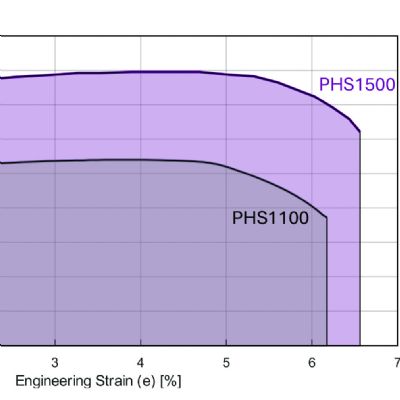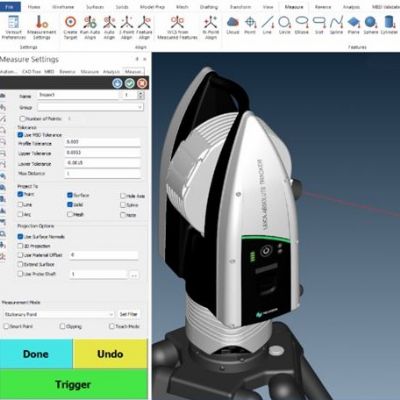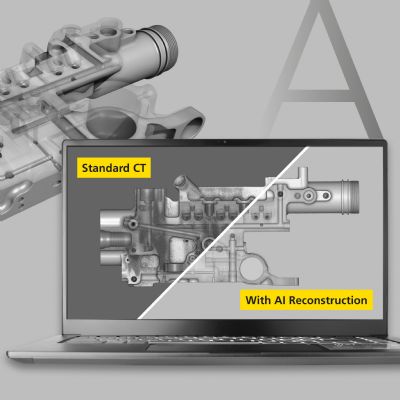 Brad Kuvin
Brad KuvinTackling the QA Challenge
November 10, 2020Comments
Survey after survey reveal that the production of end-use parts now accounts for more than half of all applications for metal additive manufacturing (AM). With aerospace and defense leading the way, and with demand increasing for highly customizable and complex parts with minimum lead times and reduced time to market, the use of metal AM continues to skyrocket. Metal AM soon will be a $1 billion industry and is projected to top $3 billion by 2024 (per MarketsandReports).
The AM service bureau Sculpteo reports, in its 3D Printing 2020 annual report, that the use of AM for full-scale production parts continues to escalate. More than half (52 percent) of the companies it surveyed for the annual report say that they now use 3D printing for production (68 percent use 3D printing for prototyping), and more than 60 percent “see a significant improvement in cost per part using 3D printing.”
What are the potential obstacles to sustaining this growth? According to the Sculpteo survey, 51 percent of manufacturers say that quality control is their top challenge. This is nearly double the response rate for any other issue said to be challenging manufacturers, according to the survey, as they look to scale-up their use of 3D printing. When asked to describe what the 3D printing industry needs in order to sustain such growth, 62 percent of respondents cited “more reliable technologies.”
One catalyst to improving metal-AM process reliability is continued development of in-process quality assurance (QA), to prevent any unforeseen roadblocks to the productivity and reliability of production AM. Dr. Zach Murphree, vice president of technical partnerships at Velo3D, told SAE earlier this year, “Measuring mechanical integrity and detecting surface defects and porosity are vital for part quality, and every solution provider needs to seriously think about how their solution will do that.”
Murphree pens an article in this issue of 3D Metal Printing, in which he writes, “If you can’t measure it, you can’t control it—and controlling as much of the 3D-printing process as possible directly relates to end-product quality… Next-generation AM systems go beyond just reporting such data by providing integrated, in-situ process metrology to detect individual meltpool instabilities. They then can enable closed-loop energy adjustments in real time during the build.”








